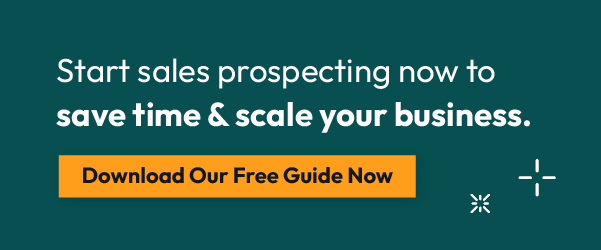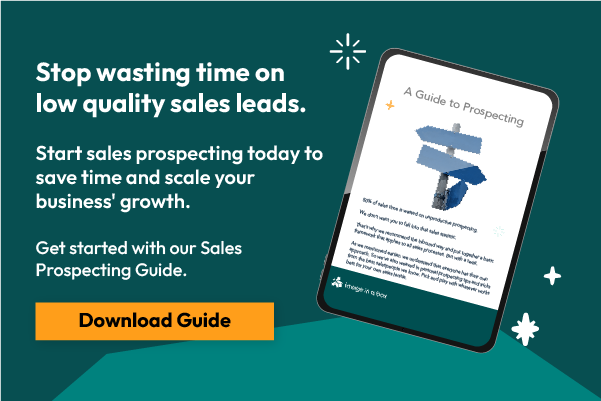If you're reading this, you probably work in sales, want to work in sales or work closely with someone who does. Good news - you're in the right spot! After this article, you'll easily be able to differentiate whether someone is a lead or a prospect in your sales funnel. We'll also throw in a few tips on how to go about sales prospecting.
While there are plenty of ways to handle potential customers, where should you start?
You can start by categorizing your contacts into segments based on specific criteria. We'll break it down for you below.

How to identify a lead
A lead includes someone who has interacted with your company in one way or another. Someone can sign up for a free download, request more information on your services, or submit your contact form.
Essentially, this person has indicated some form of awareness or interest in what you have to offer. However, you still need to learn more about them (such as where they're at in their decision-making process). They'll still require more research to determine whether they're a good fit for your business or not.
How to identify a prospect
Now that you're keen on how to spot a lead let's talk about prospects. Prospects are simply leads who you have more thoroughly researched and qualified based on predetermined criteria.
To be considered a prospect, you should have a solid idea of who this person is, where they stand, and what they need. You should feel confident that your solution will fit their specific needs and help them on their journey.
Once you've decided that a lead has turned into a prospect, they're prime to go further into your sales funnel. You're now one step closer to converting!
How to avoid mistakes
During the qualification process, you'll want to watch out for a few potentially tricky situations that could lead to wasted time.
Buyer persona
The best way to avoid time-wasters is to start strong by creating a buyer persona. Once created, you'll better understand who qualifies for your business. Having a buyer persona takes much of the time-consuming guesswork out of the equation.
Buying power
Another note to consider is who you're researching. Does this person make the final decisions? Do they have buying power? Is there someone higher up on the chain of command?
If they are not the decision-maker, work with them to find out who they are and how you can include them in the discussion. Remember, don't cut out the middle person right out the gate; this is the fastest way to kill the relationship. Treat everyone with respect and gather the details on who needs to be included in future meetings.
Key takeaways
In conclusion, leads are colder and require more research, while prospects are warmer and need more nurturing. This is why it's so important to do your research first when it comes to sales prospecting.
Take some time to self-reflect on what your business offers and what type of customer or business you'd like to work with. Once you do that, you'll have a better idea of categorizing your contacts and how to interact with them.
Lead & prospecting is not a quick task, but it can be much easier to tackle with the proper techniques. Not sure how to start? Download our Sales Prospecting Guide!


